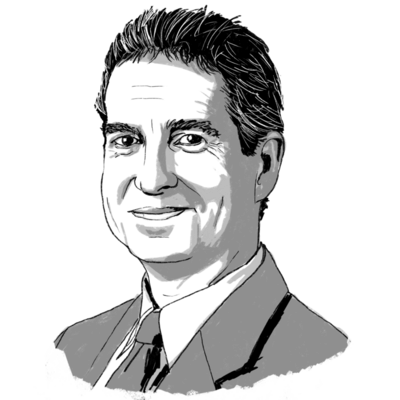Error loading media: File could not be played
00:0000:0000:00
00:00
 David Clark Scott
David Clark Scott
Today’s selected stories cover U.S. elections in a time of uncertainty, a lack of global pandemic cooperation, a trip to obscure Russian territories, a U.S. military effort to address racial inequality, and global points of progress.
If you are among the millions of people under lockdown, you could binge on all five seasons of “Jane the Virgin.” Or watch Fiona the Hippo on Facebook Live at the Cincinnati Zoo. Or, as actor Rita Wilson did, create a Spotify playlist, “Quarantunes.”
Creativity is irrepressible. And history suggests this kind of adversity produces fresh perspectives.
Take the bubonic plague that swept London in 1655. If a quarantine hadn’t shuttered the University of Cambridge – sending young Isaac Newton to his home in the countryside – who knows how long before a falling apple would have sparked Sir Isaac’s insights about the laws of gravity, motion, and optics?
Let’s go a little further back to 1593 when theaters were closed by the plague. William Shakespeare couldn’t perform so he wrote the renowned poem “Venus and Adonis,” a brilliant ode to love and nature. When the theaters closed again in 1606, the Bard of Avon got busy. He wrote “King Lear,” “Macbeth,” and “Antony and Cleopatra,” according to Shakespeare scholar James Shapiro.
I’m not suggesting that Shakespeare – or Charlotte Brontë – could have accomplished what they did during epidemics if they’d had children running around at the same time. But if not for England’s lockdown, would we understand love as an “eternity … in our lips and eyes”? Would we truly taste the sweet “milk of human kindness”?
As tragic and challenging as this pandemic is today, we may look back on 2020 not as defined by COVID-19, but as a year bursting with creativity – a time when playwrights, scientists, and artists found the space to see the world anew.

Our name is about honesty. The Monitor is owned by The Christian Science Church, and we’ve always been transparent about that.
The Church publishes the Monitor because it sees good journalism as vital to progress in the world. Since 1908, we’ve aimed “to injure no man, but to bless all mankind,” as our founder, Mary Baker Eddy, put it.
Here, you’ll find award-winning journalism not driven by commercial influences – a news organization that takes seriously its mission to uplift the world by seeking solutions and finding reasons for credible hope.
Explore values journalism About us